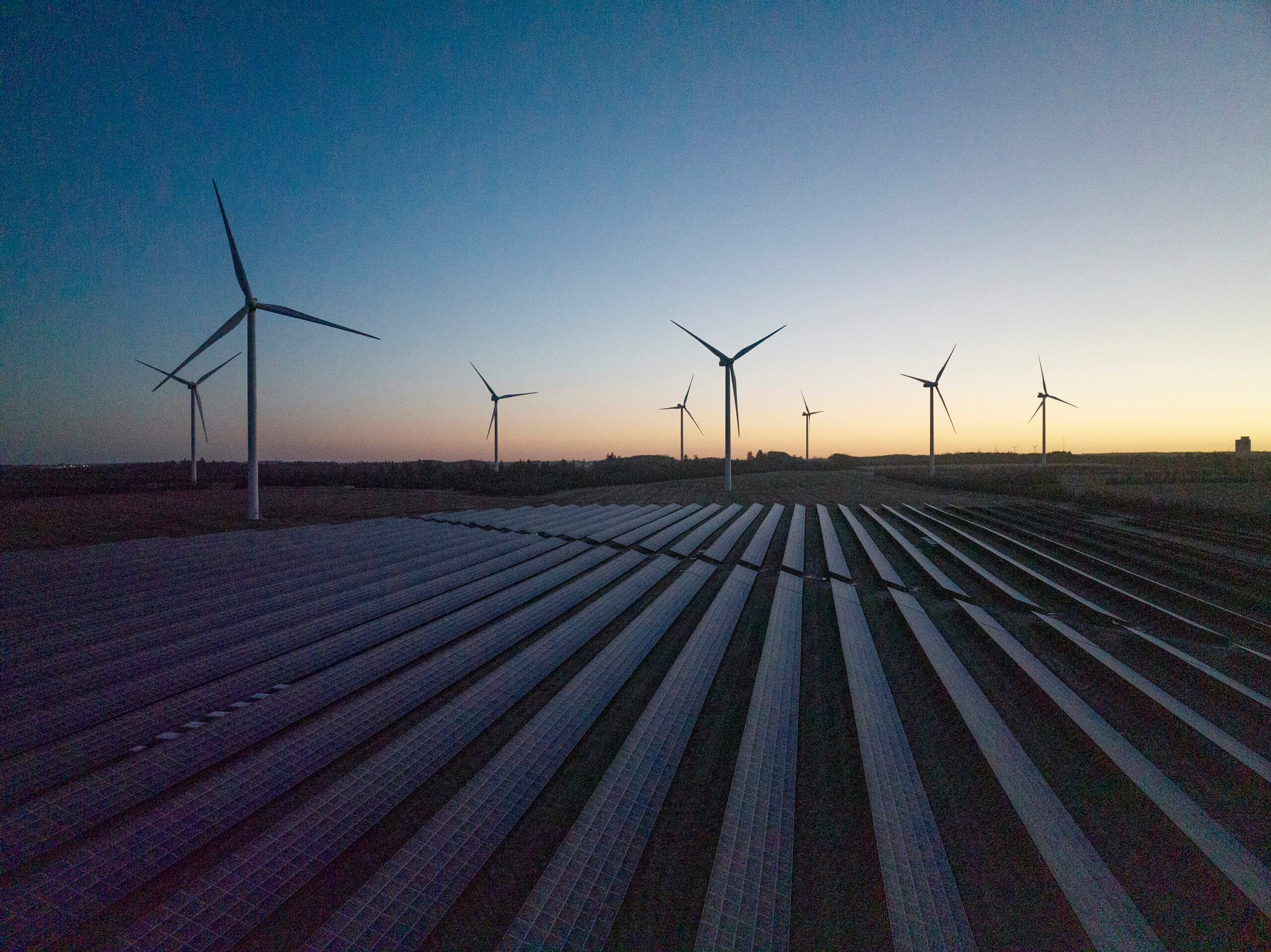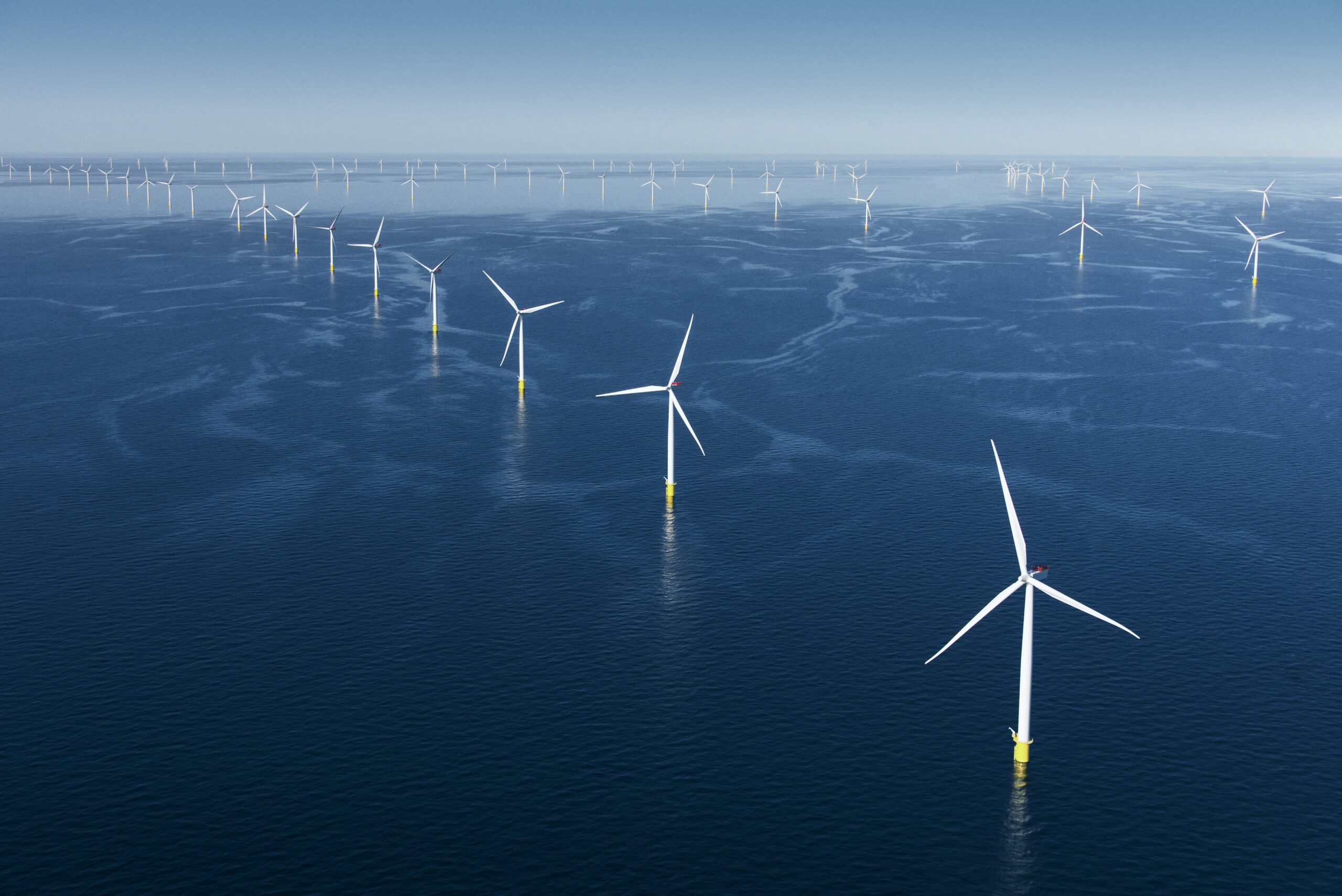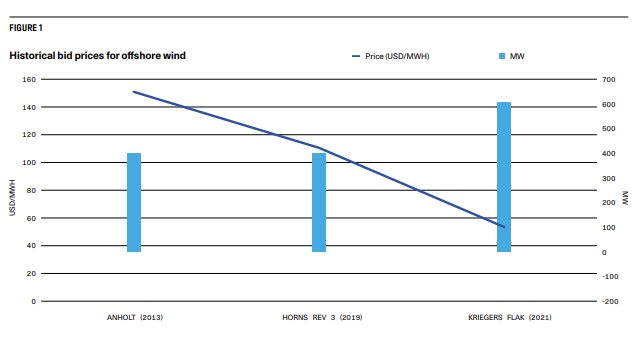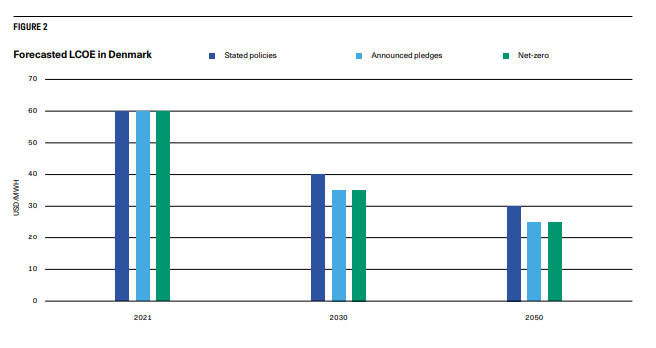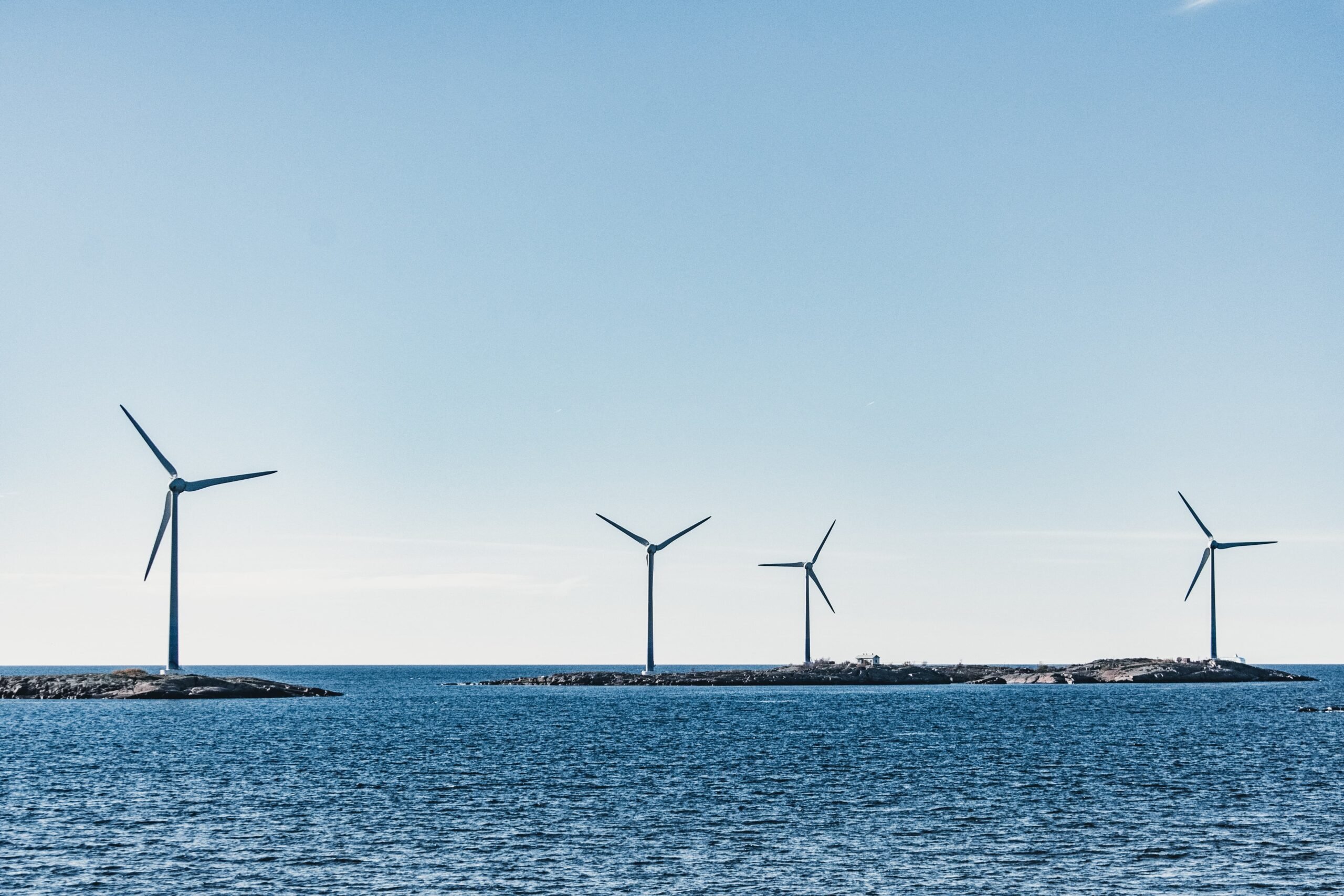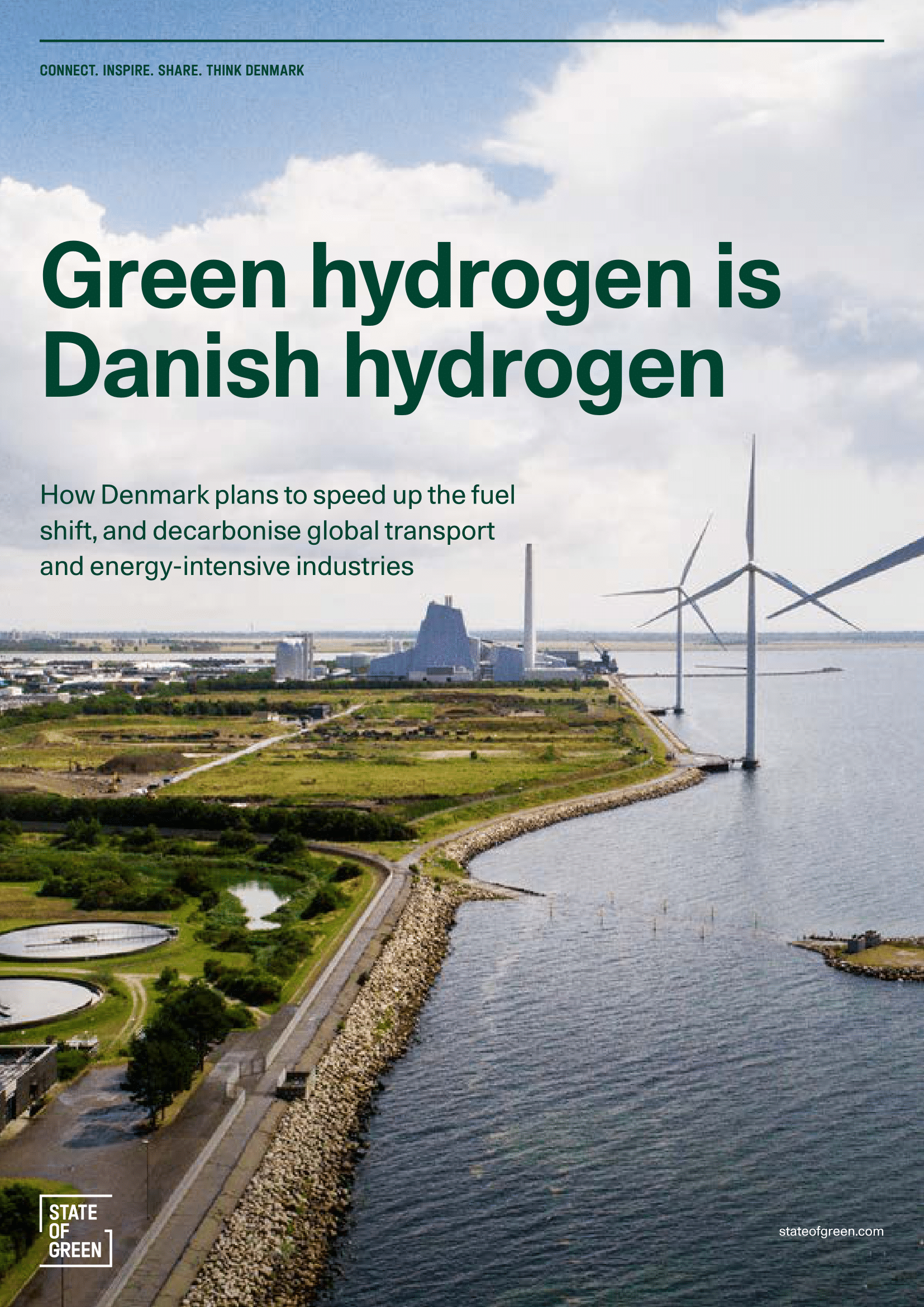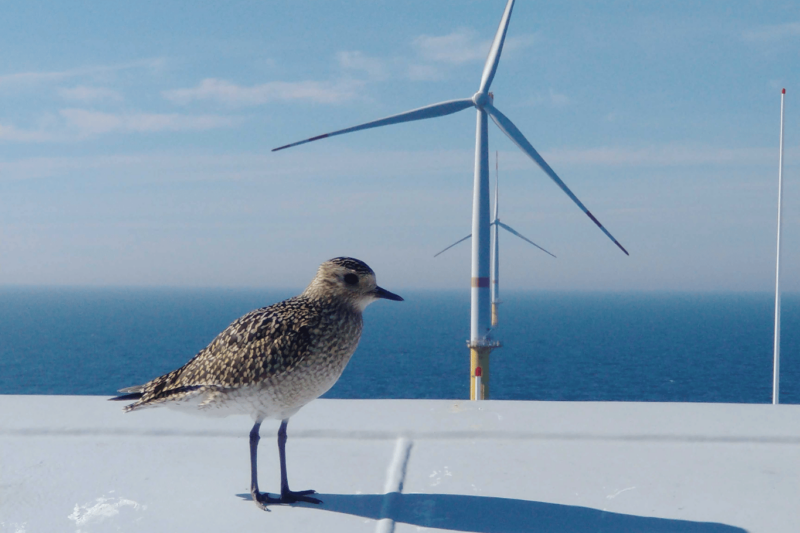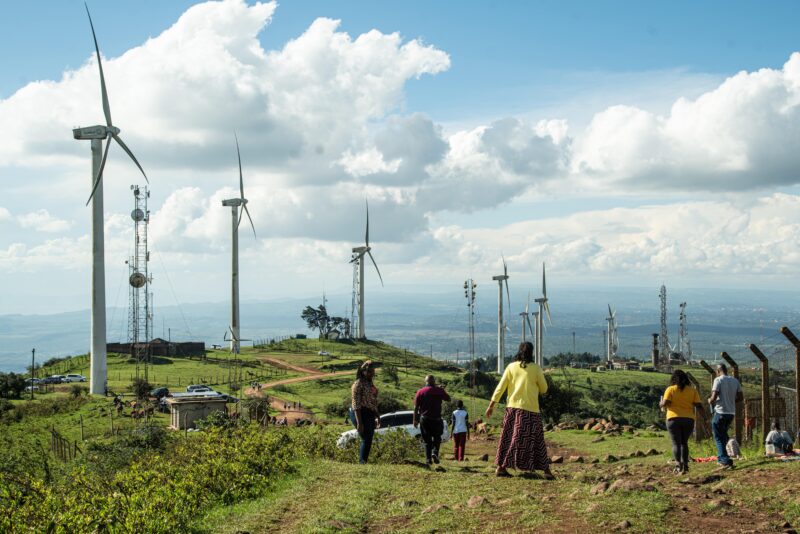Strong grid and flexibility from electrolysers
With a security of electricity supply of 99.99 percent, the Danish energy system has proven that it is possible to integrate large amounts of intermittent renewables. In the coming years, the need for a continued build-out of the electricity grid, as well as hydrogen pipelines across Denmark and to neighbouring countries, will grow as the volumes of intermittent, decentralised electricity production increase.
Electrolysers will play a key role in securing the balance between electricity supply and demand. They provide flexibility by being able to consume large amounts of electricity from the grid when renewables are producing abundantly and electricity prices are low, and by being easily turned off or ramped down when renewable production is low and prices are high. Renewable electricity and electrolysers thereby benefit each other towards securing the value creation and competitiveness of Danish renewables and hydrogen production.
From pioneering wind to pioneering net-zero energy systems
The potential for offshore wind energy in Denmark is high. Combined with hydrogen, Denmark can secure a reliable, independent, and sustainable net-zero emissions energy system. Denmark has a history of pioneering achievements, particularly in the refinement of skills within wind energy. Presently, the nation is poised to undertake a new pioneering initiative, with a specific emphasis on hydrogen.
